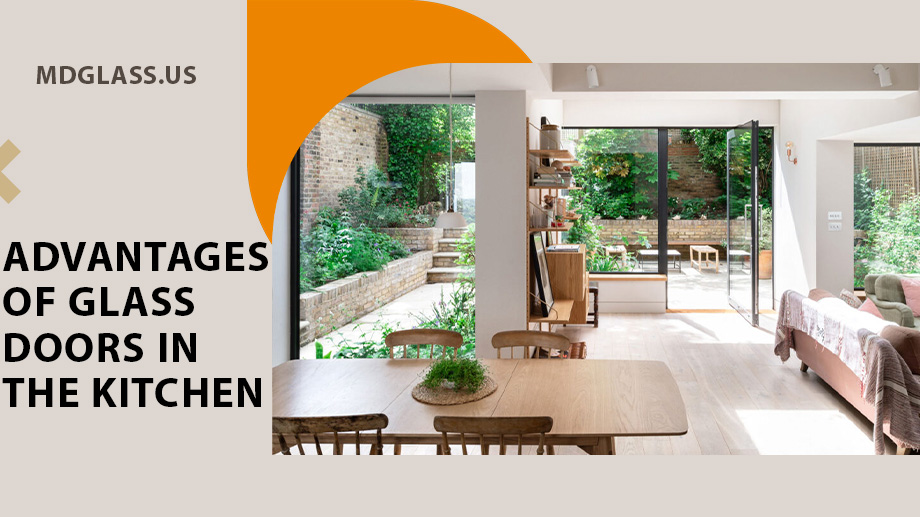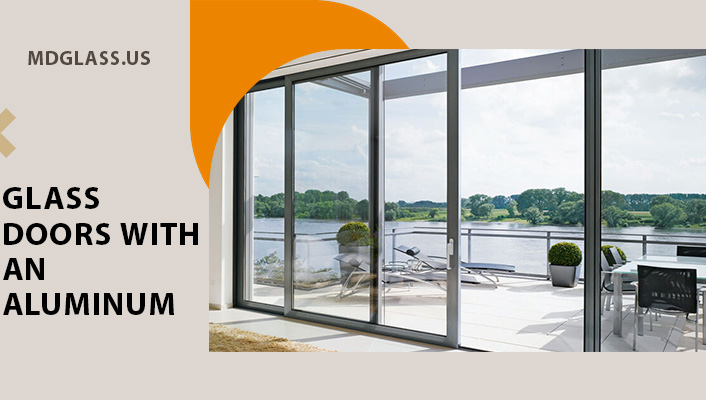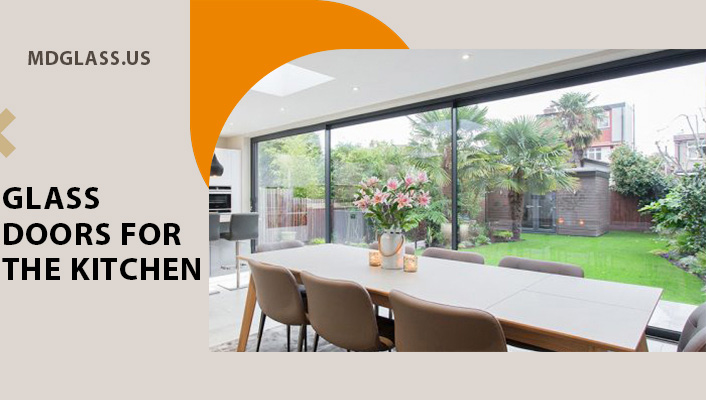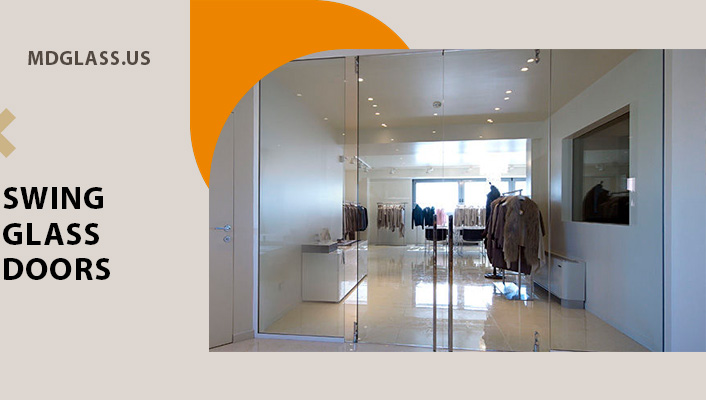Which glazing is the best for your windows? Well, several factors play a role in the selection of glazing of windows and doors. First of all, you have to decide between double glazing and triple glazing, taking into account the thermal relationships between the wall and the window. The quality of living, working atmosphere and security can be influenced by special properties of window panes.
Double glazing
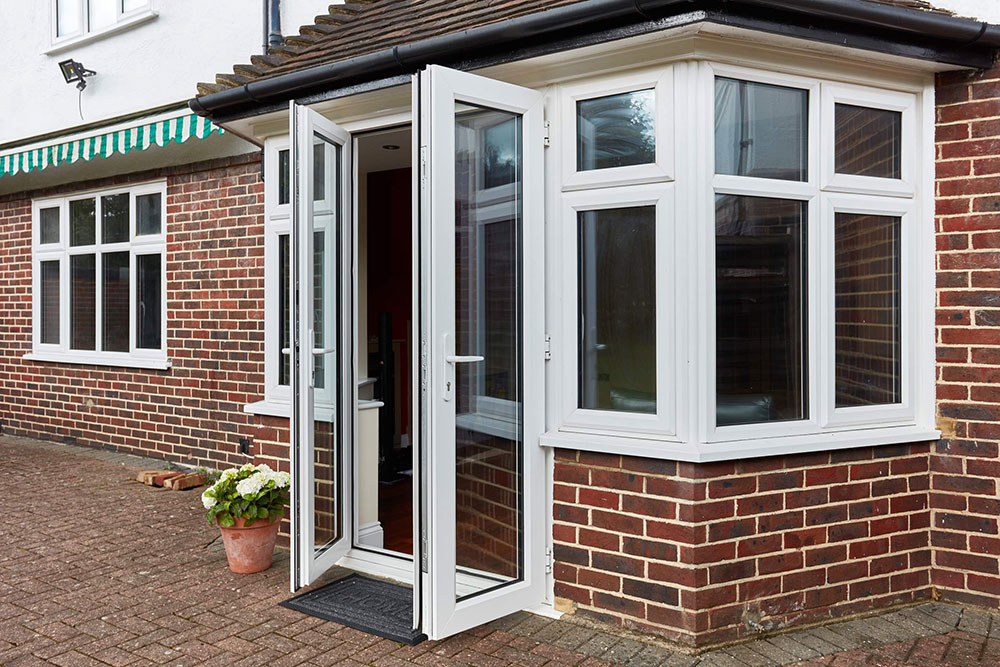
Windows with double glazing are suitable for installation in older buildings with non-insulated facades. More insulated panes would be unfavorable, especially in cold outside temperatures. Because the glass surfaces heat up faster than the walls. In this case, warm room air would condense on the cold wall and moisture could penetrate the masonry. Mold is a common and dreaded consequence of this.
Compared to simple insulating windows, double glazing reduces heat loss while the thermal conditions between the window and wall remain almost the same. On the one hand, this saves heating energy and, on the other hand, counteracts the formation of mold. In this case, the U-value, so the heat transfer coefficient, the requirements of the Energy Saving Ordinance requirements.
There used to be a heat-insulating air cushion between the two panes of glass. Today the space in between is filled with a less thermally conductive noble gas. Argon, krypton or xenon are usually used as filling gas. Thanks to the modern edge composite construction, the annual gas loss is minimal, which contributes to a long service life of the window elements. In general, there are double-glazed windows with different glass thicknesses and pane spacings.
Triple glazing
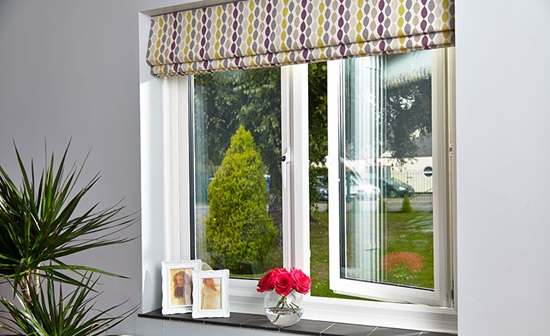
Triple-glazed windows are now standard in new buildings. Because with the triple glazing, the prescribed, low U-values (thermal transmittance coefficient) of the energy saving ordinance can be achieved. For the user this means: Hardly any heat losses through the glass surfaces and thus lower heating costs than with single and double glazing.
Against this background, triple glazing is also recommended for old buildings with an already insulated facade. Anyone planning to insulate the building envelope should also think about replacing the windows at the same time. Even if the double-glazed windows are still intact, switching to triple-glazing can be worthwhile because of lower energy costs and higher quality of living.
Triple glazing means that the window consists of three individual panes. The glass panes are fixed at a certain distance from one another. This creates two cavities that are filled with poorly thermally conductive noble gas and form a double layer of insulation. A sealed edge seal keeps the panes at a distance and the gas in the gaps. In this way, the gas volume and thermal insulation effects remain constant for many years.

